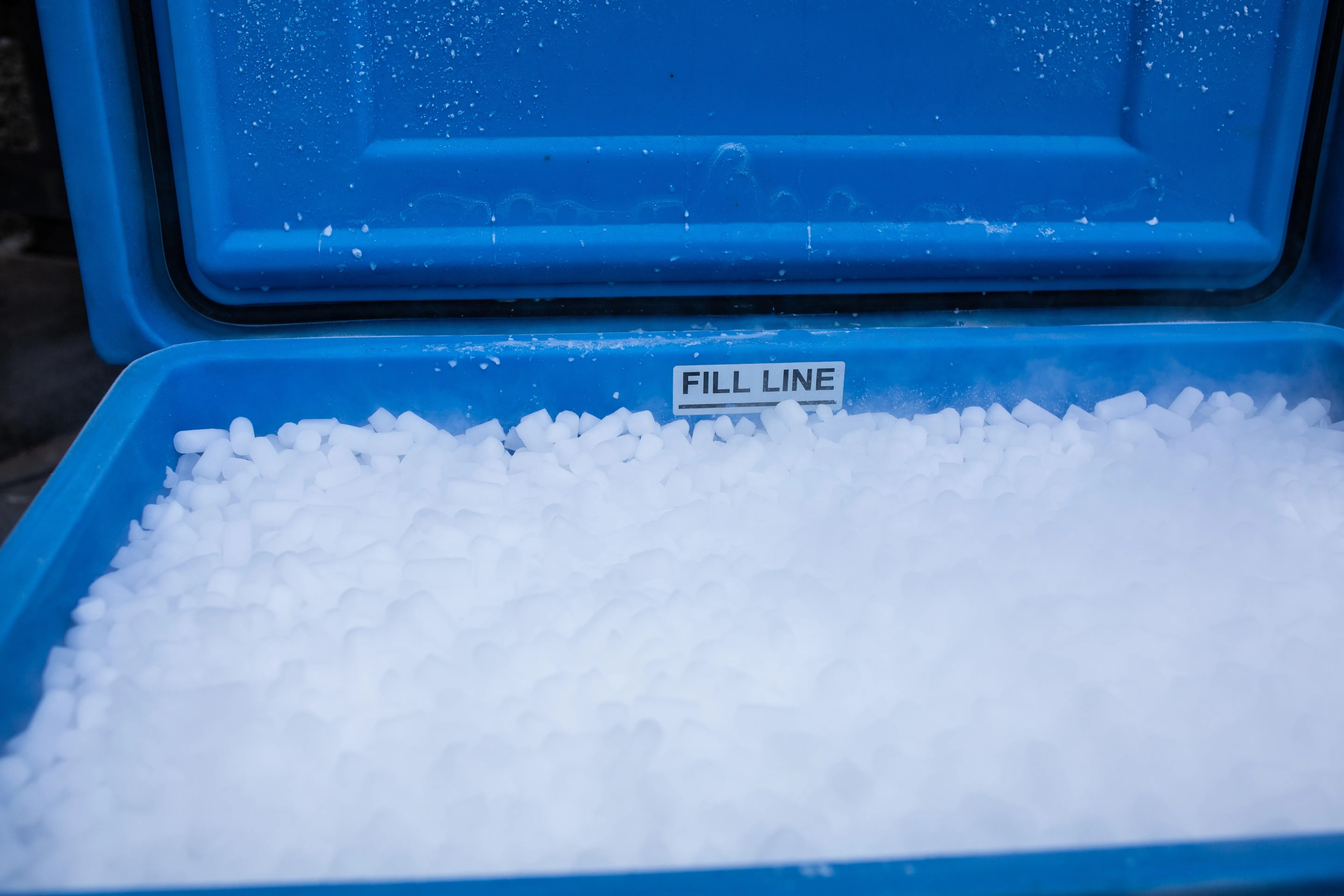Reliant dry ice is a crucial element in various industries, known for its exceptional capabilities in preserving perishable goods and maintaining low temperatures. As we delve into the world of reliant dry ice, we will explore its applications, benefits, and how it stands out in the marketplace. This article aims to provide a thorough understanding of reliant dry ice, ensuring that readers gain valuable insights into its significance and utility.
With the increasing demand for efficient cold storage solutions, reliant dry ice has gained prominence across sectors such as food and beverage, pharmaceuticals, and logistics. Understanding how to effectively use and handle dry ice can lead to significant advantages in preserving quality and safety. This comprehensive guide will cover everything you need to know about reliant dry ice, from its properties to its applications.
So, whether you are a business owner looking to improve your shipping methods or an individual curious about its uses, this guide will provide you with the expertise you need. Let’s dive into the world of reliant dry ice and uncover its many facets!
Table of Contents
- What is Dry Ice?
- Properties of Dry Ice
- How is Dry Ice Made?
- Applications of Dry Ice
- Benefits of Using Dry Ice
- Safety Precautions When Handling Dry Ice
- Storage and Transportation of Dry Ice
- Conclusion
What is Dry Ice?
Dry ice is the solid form of carbon dioxide (CO2), which is a colorless gas at room temperature. When carbon dioxide is compressed and cooled, it transitions into a solid state, forming dry ice. Unlike regular ice made from water, dry ice sublimates directly into gas at -78.5 degrees Celsius (-109.3 degrees Fahrenheit), making it an effective cooling agent.
Dry ice is widely used for its unique properties, particularly its ability to create a cold environment without leaving any moisture behind. This characteristic makes it ideal for preserving temperature-sensitive items during transportation and storage.
Composition of Dry Ice
Dry ice is composed entirely of carbon dioxide, which is a naturally occurring gas. The production process involves compressing and cooling CO2 until it solidifies, resulting in dry ice pellets or blocks that can be used for various applications.
Properties of Dry Ice
Understanding the properties of reliant dry ice is essential for effectively utilizing it in different applications. Here are some key properties:
- Temperature: Dry ice has a temperature of -78.5°C, making it an excellent refrigerant.
- Sublimation: It sublimates directly into carbon dioxide gas without becoming liquid.
- Density: Dry ice is denser than regular ice, allowing it to last longer in a cooler environment.
- Non-toxic: While dry ice is safe to use, it should be handled with care due to its extreme cold.
How is Dry Ice Made?
The process of making dry ice involves two primary steps:
- Carbon Dioxide Production: Carbon dioxide is captured from various industrial processes or produced through fermentation.
- Pressurization and Cooling: The captured CO2 is compressed and cooled, leading to its transformation into solid dry ice.
Applications of Dry Ice
Reliant dry ice finds applications in various industries, including:
1. Food and Beverage Industry
It is widely used for shipping perishable food items, maintaining their freshness during transport. Restaurants and catering services also use dry ice for presentations and food storage.
2. Pharmaceutical Industry
Dry ice is crucial for transporting vaccines and other temperature-sensitive medical products. It ensures that these items remain within the required temperature range during transit.
3. Entertainment Industry
In the entertainment sector, dry ice is used to create fog effects for theatrical productions, concerts, and events.
4. Scientific Research
Dry ice is utilized in laboratories for various cooling applications, including the preservation of biological samples and chemicals.
Benefits of Using Dry Ice
The advantages of using reliant dry ice include:
- Effective Cooling: Maintains low temperatures for extended periods.
- No Water Residue: Prevents moisture damage to sensitive items.
- Cost-Effective: Reduces spoilage of perishable goods, saving costs in the long run.
- Versatile Usage: Applicable across various industries and settings.
Safety Precautions When Handling Dry Ice
While dry ice is useful, it must be handled with care. Here are some safety precautions:
- Always wear gloves when handling dry ice to prevent frostbite.
- Use dry ice in well-ventilated areas to avoid carbon dioxide buildup.
- Never seal dry ice in airtight containers, as the pressure can cause explosions.
- Store dry ice in insulated containers to slow down sublimation.
Storage and Transportation of Dry Ice
Proper storage and transportation of dry ice are essential for maintaining its effectiveness:
- Storage: Keep dry ice in a well-insulated container to minimize sublimation.
- Transportation: Use appropriate shipping methods to ensure temperature control during transit.
Conclusion
In summary, reliant dry ice is a valuable tool in various industries, offering effective cooling solutions and preserving the quality of temperature-sensitive products. By understanding its properties, applications, and safety measures, businesses and individuals can harness the benefits of dry ice effectively.
We encourage readers to share their experiences with reliant dry ice or ask questions in the comments section below. If you found this article informative, please share it with others who may benefit.
Call to Action
For more insightful articles and tips, consider exploring our website further! Your feedback and engagement are highly valued.




